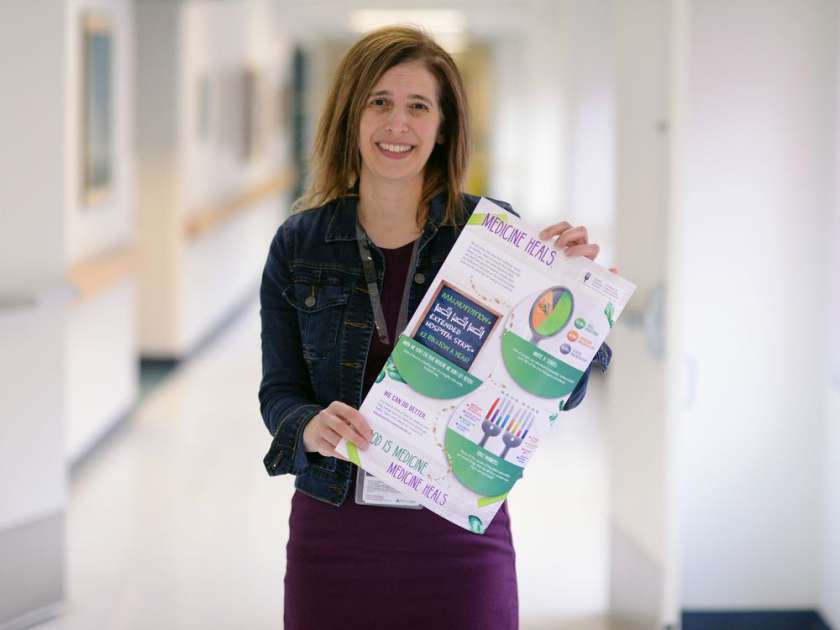|
REGINA, SK - Six out of 10 patients at the Pasqua and General hospitals were malnourished when they were admitted, according to a national study of 18 hospitals led by Dr. Heather Keller from the University of Waterloo between 2010 and 2013.
Also read, Participate in Health Canada's Revision of the Food Guide. The rate in Regina was higher than the national rate of 4.5 out of 10 patients who were admitted malnourished. However, Roseann Nasser, a research dietitian with the Regina Qu’Appelle Health Region (RQHR) and the Saskatchewan representative on the Canadian Malnutrition Task Force, points out only medical patients were studied at Regina’s hospitals whereas medical and surgical patients were included at the other hospitals involved in the study. “If we’d done it on the surgical units too, the number would have been less,” Nasser said. She noted that until Keller’s study, there was no national data to indicate how big the problem of malnutrition was in Canada. The study was done in all provinces except Newfoundland and Prince Edward Island. Hospital malnutrition is not unique to Canada nor is it new. Malnutrition in hospitalized patients has ranged between 30 and 60 per cent in the United Kingdom and United States for years. Malnourished patients come in all sizes, Nasser said. “If you haven’t been eating for a while, because of your medical condition, we notice that immediately just by looking at your muscle and your fat tissue,” she said. Malnutrition is caused by multiple factors including a medical condition, a patient’s poor appetite, patients not getting assistance when needed and missing a food tray due to procedures. “If they continue not to eat in hospital, it increases their length of stay in hospital and it increases their length of recovery as well,” Nasser said. To improve the food intake and nutrition of patients in the hospital, a second 18-month study is underway. The More-2-Eat study was implemented in five Canadian hospitals, including the Accountable Care Unit (ACU) at the Pasqua Hospital. Nursing staff ask adult patients being admitted to medical and surgical wards two questions: Have you lost weight in the past six months without trying and have you been eating less than usual for more than a week? If patients answer yes, a dietitian is contacted who asks them additional questions and does a physical assessment. As part of the Regina study, food service workers record the amount of food eaten at each meal for the 35 patients on the ACU by marking each patient’s whiteboard with a red marker. The whiteboard communicates daily goals and food intake to patients/families, physicians and nurses. Nutrition care involves a team approach, Nasser said. “We’re happy when we know that patients are eating 75 per cent to 100 per cent of their tray,” she said. “That helps us identify patients who are eating 50 per cent (of their meal) or less.” Previous Canadian research has shown that patients who eat 50 per cent or less of their tray have longer hospital stays. “Food is medicine and it’s important to know how much patients eat,” Nasser said. “We know that if a patient doesn’t eat very much it increases their length in hospital and complications.” It’s estimated that across Canada, the increased hospital stays of malnourished patients costs $2 billion a year. The lessons learned on the ACU will be transferred to other units in the health region. SOURCE Pamela Cowan, Regina Leader-Post
0 Comments
Leave a Reply. |
Advertisement
News & Updates
Stay informed with the latest news around foodservice, agriculture and other related food news. Advertisement Opportunities
|


 RSS Feed
RSS Feed


